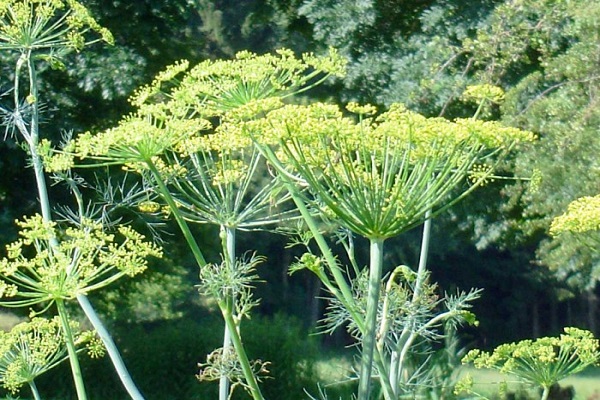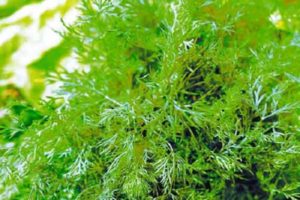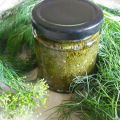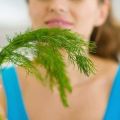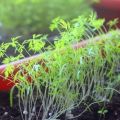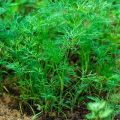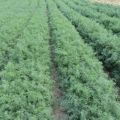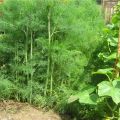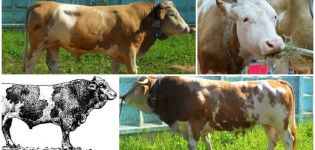Description of diseases and pests of dill, treatment and control of them
Dill belongs to an unpretentious agricultural crop and does not require the creation of special growing conditions. At the same time, there is a risk of damage to the plant by rot and dangerous insects. To prevent a reduction in yield, you should learn more about the diseases of dill and how to deal with them.
Why does dill turn yellow, red, gray?
When growing dill, gardeners are often faced with the fact that the greens begin to change color. Asking what to do when the dill turns yellow, you need to find out the exact reason. Color change can occur due to improper watering - greens do not accept excess moisture or, conversely, dry soil. Uneven landing may also be the reason. It is recommended to leave a distance of about 2 cm between shoots so that the root systems do not intertwine with each other. In the case of dense planting, the first shoots must be removed immediately to maintain spatial isolation.
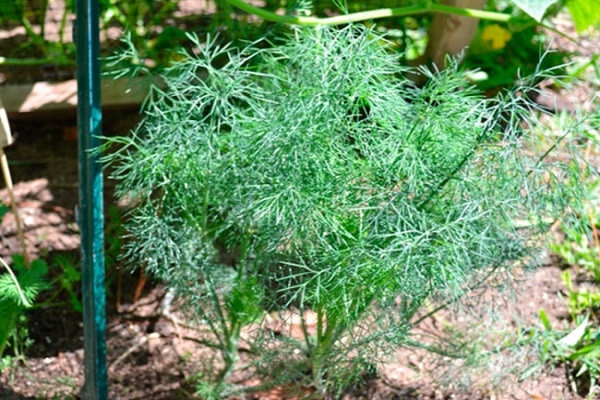
The reasons why dill turns red most often lie in the increased acidity of the soil, when phosphorus in the soil content becomes insoluble. Under these conditions, the roots of the seedlings do not receive nutrients and the leaves acquire a red tint.
When the leaves of the greenery turn gray, the probable problem lies in a viral disease. In this case, it is better to immediately destroy the affected specimens in order to prevent the spread of the disease. One of the visible symptoms, in addition to the graying of the leaves, is the formation of wet rot at the very base.
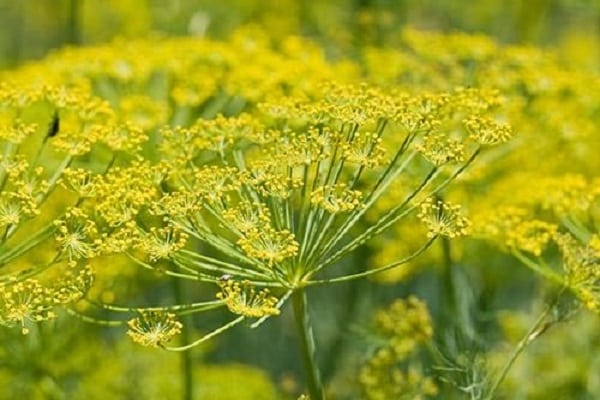
Dill diseases
Each disease typical of dill has individual symptoms, causes and consequences. A significant part of the disease can be detected by visual inspection of the crop.

Peronosporosis
The risk of developing downy mildew in plants is highest when the weather is constant and the temperature is about 20 degrees. The disease affects the upper part of the seedlings and when the infection spreads, the surface of the leaves becomes yellow or brown. A visible white bloom appears on the back of the foliage. Over time, the shoots dry up completely and die.
The cause of the occurrence of peronosporosis is a large amount of weeds and residues of unharvested crops in the soil. There is also the possibility of spreading infection through seeds.To prevent peronosporosis, you need to periodically visually inspect the beds and remove weeds in a timely manner.
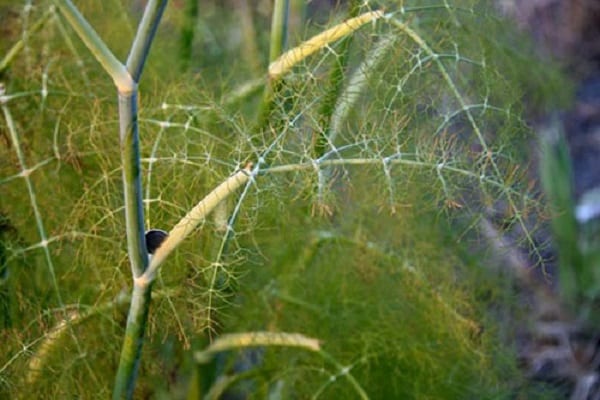
Powdery mildew
Powdery mildew disease, common in many vegetable crops, can also affect all varieties of dill. Indoors, the causative agent of infection occurs in greenhouses where there are weeds, and in open soil conditions, powdery mildew occurs due to moist air. A feature of the disease is a white bloom, similar to a cobweb, consisting of the mycelium of a pest fungus. First, only the foliage turns white under the film, after which spots appear on the stems of the plant. The consequences of powdery mildew disease include the loss of aroma and taste.
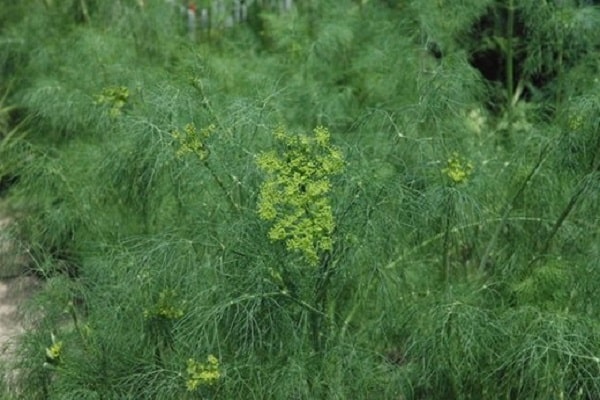
Fomoz
Phoma disease is characterized by blackening of dill. The manifestation of infection can be found in early shoots or in the second half of the summer period on rooted bushes. The infection affects all tissues and progresses on the affected plant for no more than 2 weeks. The spores of the pest fungus spread by the wind, through insects or parts of dead seedlings left in the ground. The main danger of phomosis is that the affected seedlings themselves become a source of infection.

Verticillary wilting
The causative agent of verticillary wilting is a fungus that affects the vessels of the plant. In the presence of a disease, wilting bushes lose the ability to receive water and food, since the vascular system is blocked. The primary symptoms of wilting appear in early summer, and development peaks during the period of active flowering and seed formation. A source of verticillary wilting can be contaminated soil or the use of poorly rotted manure as fertilizer.
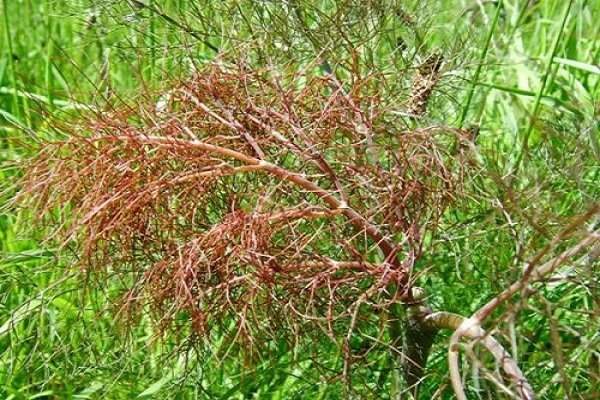
Cercosporosis
In terms of a number of characteristics, cercospora is similar to phomosis and serves as a prerequisite for its development. Cercosporosis infection affects all aerial parts of dill, after which black spots form at the sites of the fungus. As the spores mature, a plaque forms on the spots, due to which the plants die. The cause of the disease is infected seeds and an abundance of weed crops in the beds.
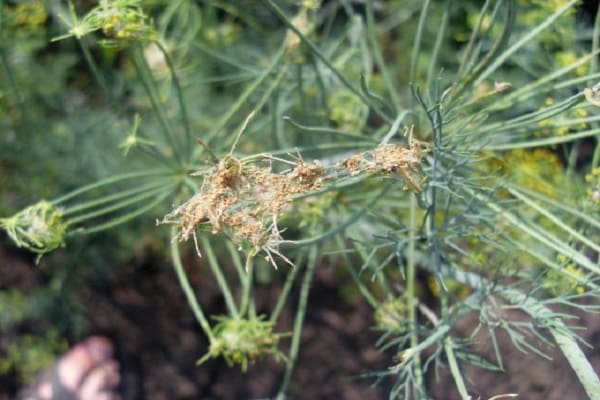
Blackleg
When growing crops in a greenhouse or greenhouse, the likelihood of black leg disease increases... Due to the defeat of the seeds by a fungal infection, the process of rotting of the root collar begins. The development of infection leads to blackening of the stems and further drying. The disease can progress to the beginning of the opening of the foliage. In conditions of excessive humidity, the disease can destroy more than half of the crops.
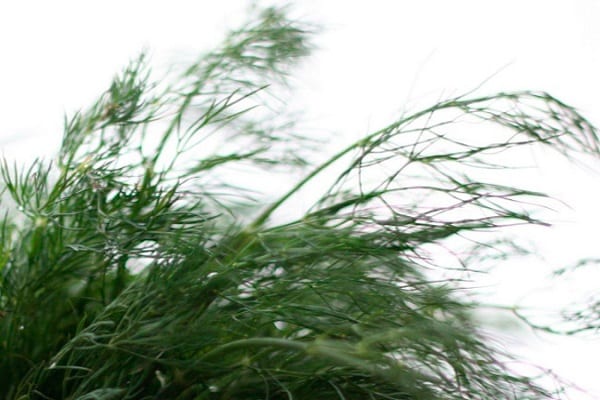
Fusarium wilting
Fusarium disease manifests itself in a change in the color of dill and subsequent wilting. The causative agents of infection live in the soil and enter the tissues when the soil is insufficiently loosened. The risk factor for the development of the disease includes excess moisture and high soil temperature.

Pests
Improper care, unfavorable soil conditions and certain climatic conditions can lead to damage to crops by dangerous insects. Pests lead to plant death and yield reduction.
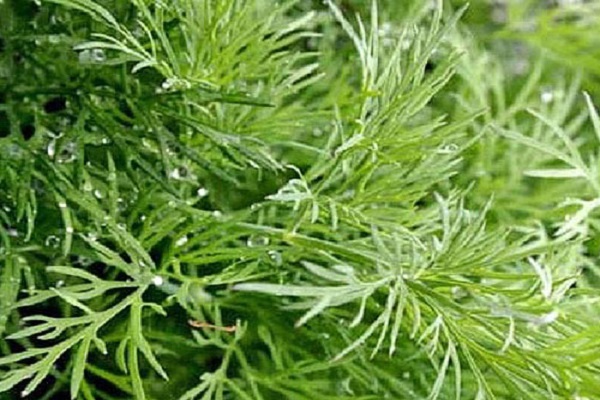
Umbrella Blind
Nondescript insects that eat buds and immature seeds and leave cobwebs on the leaves. Significant harm is done only with large-scale crops.
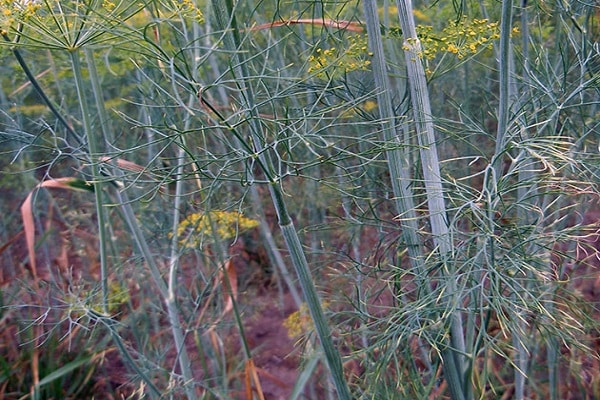
Striped bugs or Italian bugs
The bug is bright red in color, releasing an acrid secret in danger. The insect sucks juice from the seeds, which is why the seedlings grow puny or die.

Aphid (lat.Aphidoidea)
A common pest that affects all crops. Small green bugs, remaining on the dill, suck the juice from the stems and leaves, leading to exhaustion.
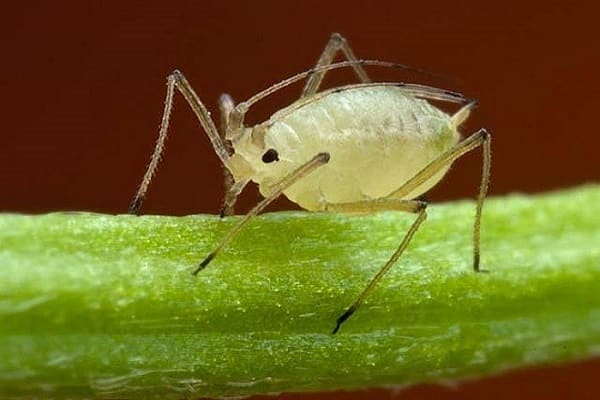
Carrot lily
The insect causes leaf deformation and leads to drying out. Buckworm can release toxic substances that negatively affect the taste of dill.
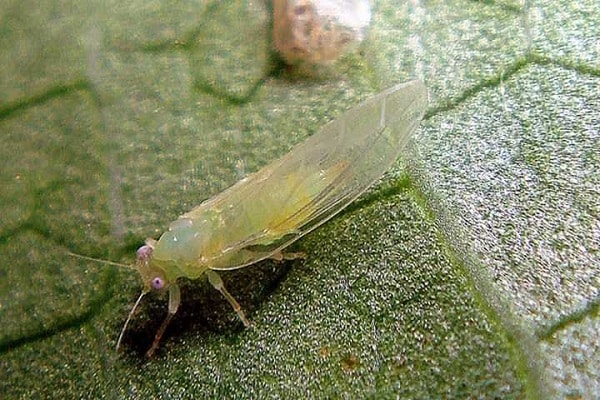
Dill moth
The moth larvae braid the plants with cobwebs and eat the leaves. One generation of insects develops per season.
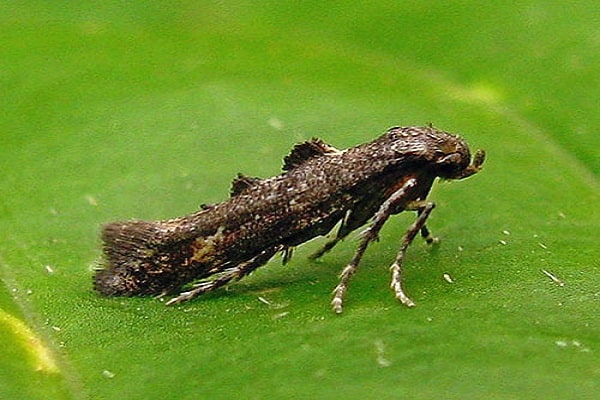
Carrot fly
The pest occurs when the rules of crop rotation are violated. Carrot flies eat the stems, causing rot and withering over time.
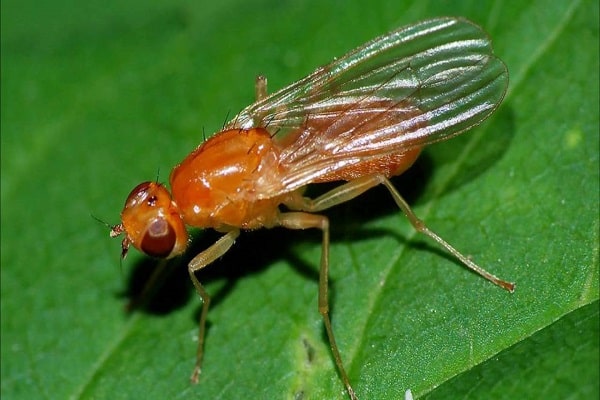
Caterpillar
Several species of caterpillars can infect dill. Pests gnaw at foliage and stems, reducing the amount of harvest.
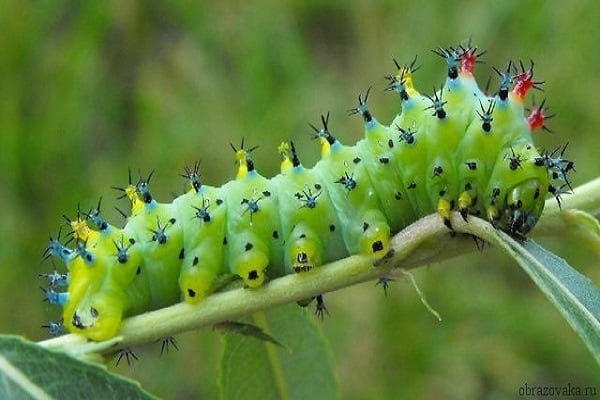
Prevention and treatment of diseases
To prevent crop diseases, it is important to sow exceptionally healthy seeds and decontaminate them before planting. For sowing, ventilated and brightly lit areas with fertile soil should be selected. If the disease has struck dill even when the right conditions are created, a fight will be required with the use of specialized fertilizers.
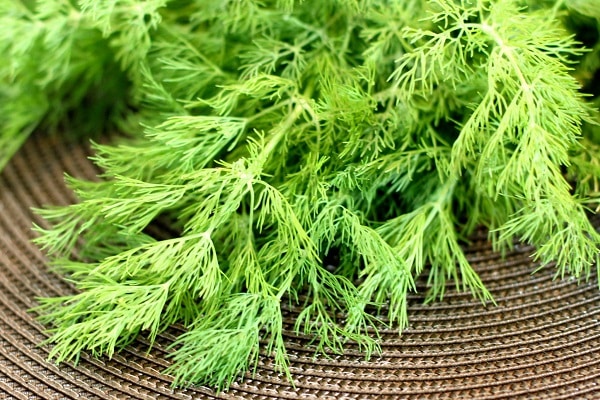
Top dressing from yellowing and drying of dill
Constant feeding of crops with potash and phosphorus fertilizers will help save the crop from diseases and drying out. In the case of using compost or manure, in which harmful components may remain, they should be replaced with top dressing created by the factory method.

Why dill tastes bitter
Plaque build-up from infection or insect infestation of dill can affect the taste. Often, the disturbance of plant growth makes the taste bitter.
